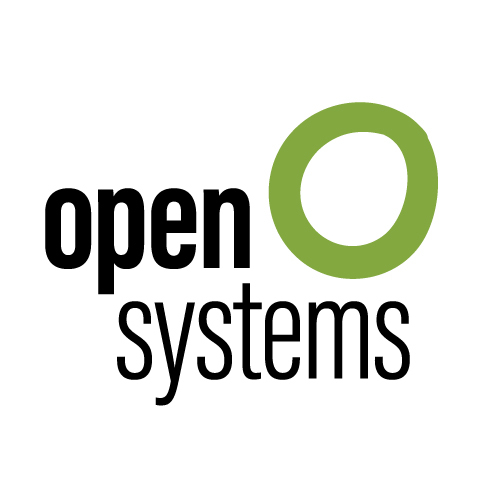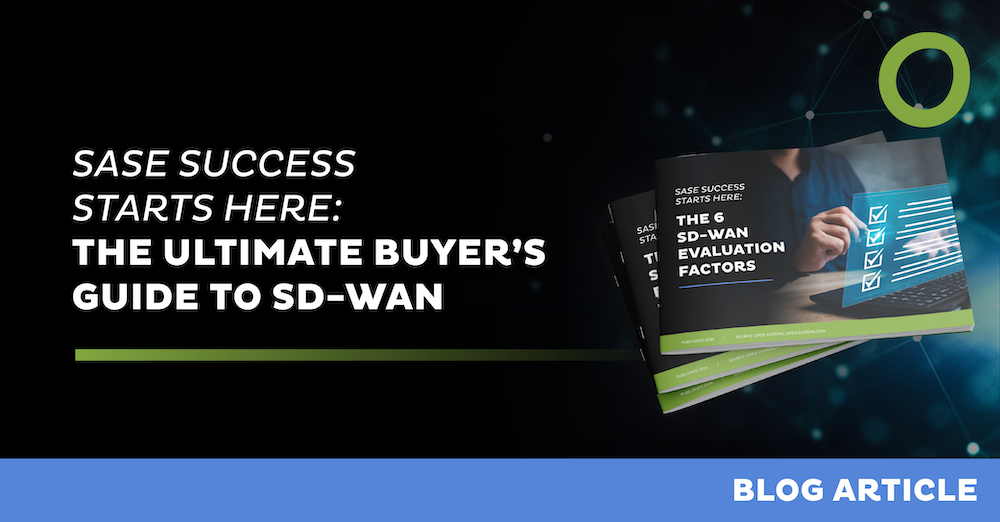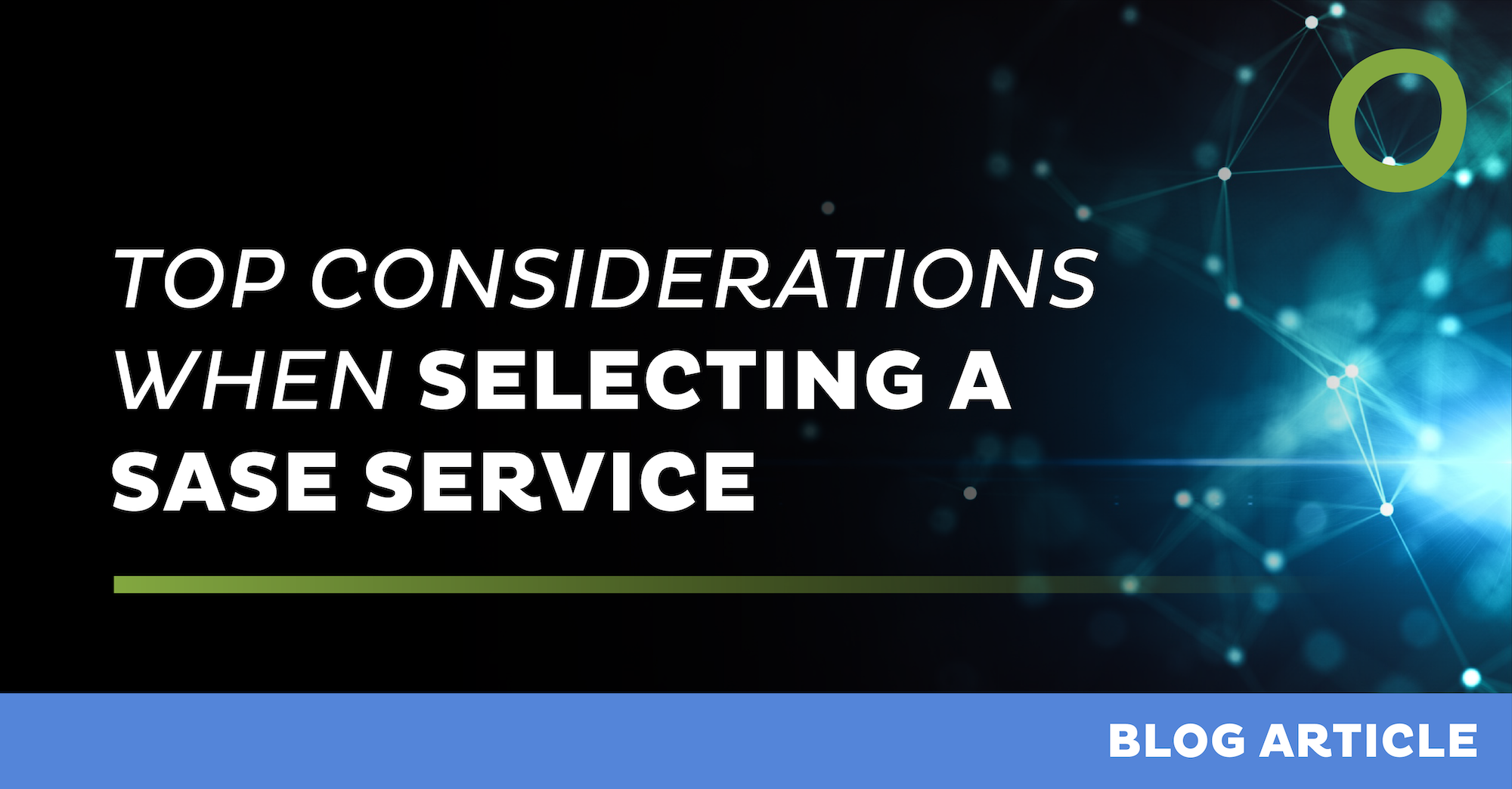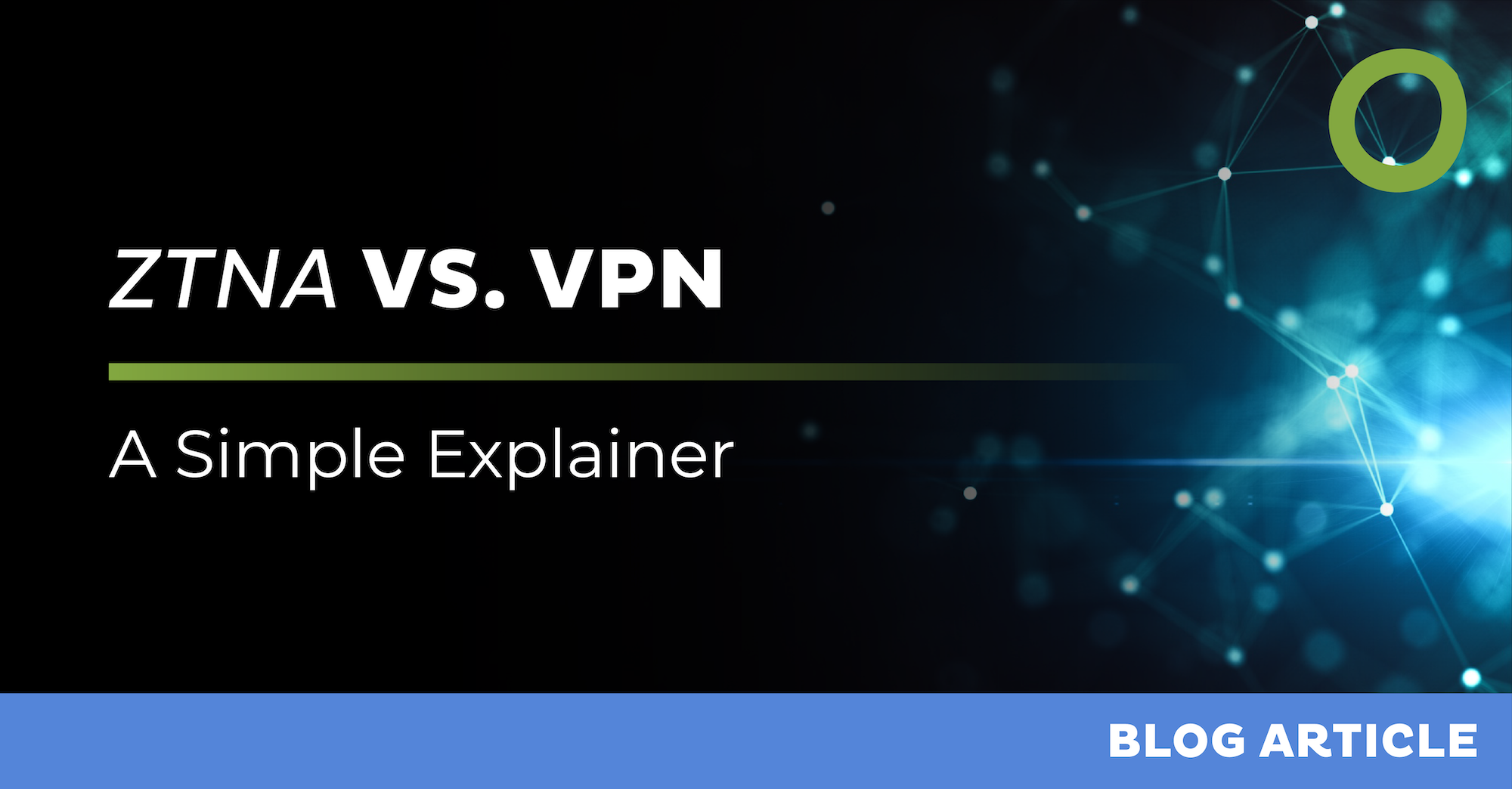
Debunking SASE Myths: Five Misconceptions You Need to Know


The rise of Secure Access Service Edge (SASE) has revolutionized the world of network architecture and security. However, with innovation comes a slew of misconceptions. Many IT decision-makers find themselves navigating through a maze of myths surrounding SASE. In this blog, we will debunk five common myths to help you understand the true potential of SASE and make informed decisions for your organization.
Myth 1: SASE is Just a Minor Improvement of SD-WAN
Reality: SASE is not merely an enhanced version of SD-WAN with a few security add-ons. It represents a paradigm shift in how cloud networking and security are integrated. SASE combines role-based security and scalable networking into a single, manageable service, eliminating the need for multiple disparate systems and vendors. This holistic approach offers a unified, scalable, and agile network security model that is revolutionary, not just evolutionary.
Myth 2: SASE is Strictly a Cloud-Based Service
Reality: While SASE is often associated with cloud-native architecture, it is not limited to cloud-only deployments. Optimal SASE solutions are designed to be flexible, supporting both cloud and on-premises environments. This includes legacy data centers, direct interoffice traffic, and a variety of IoT devices. This hybrid approach ensures that organizations can maintain high performance and security, whether their operations are entirely cloud-based or a mix of cloud and on-premises.
Myth 3: SASE Eliminates the Need for High-Performance Connectivity
Reality: Despite its advanced capabilities, SASE still relies heavily on the quality of underlying physical network connections. High-performance connectivity remains essential for maximizing the benefits of a SASE architecture. Organizations must strategically select the best connectivity options—whether it’s high-reliability backbone network or MPLS, cost-effective DSL, or versatile mobile connectivity—to ensure optimal performance and reliability.
Myth 4: SASE Automatically Increases The Zero Trust Security Posture
Reality: A product itself cannot increase the ZT Security Posture. Only with proper design, enforcement and consistent monitoring can SASE improve the alignment to Zero Trust security principles. Disparities of users (employees vs. IoT) and unique organization environments need a specialized approach on top of a great platform to avoid security gaps.
Myth 5: SASE Reduces Management Complexity Dramatically
Reality: While SASE aims to simplify network management, it introduces its own set of technical challenges. Many vendors offering SASE solutions have pieced together various sub-components, which may not always integrate seamlessly. Additionally, SASE solutions are not one-size-fits-all and require significant customization and ongoing fine-tuning to meet specific organizational needs. Achieving a truly effective SASE deployment demands a deep understanding of network requirements, best practices, and scalable architecture.
Conclusion
SASE is a powerful solution that redefines network security and agility, but it is crucial to dispel the myths that can lead to misconceptions and misinformed decisions. Understanding the true capabilities and limitations of SASE allows organizations to leverage its full potential effectively. For a successful SASE implementation, consider partnering with a dedicated SASE consultant or managed service provider who can guide you through the complexities and ensure a transformational experience.
Leave Complexity
Behind
To learn how Open Systems SASE Experience can benefit your organization, talk to a specialist today.
Contact Us



